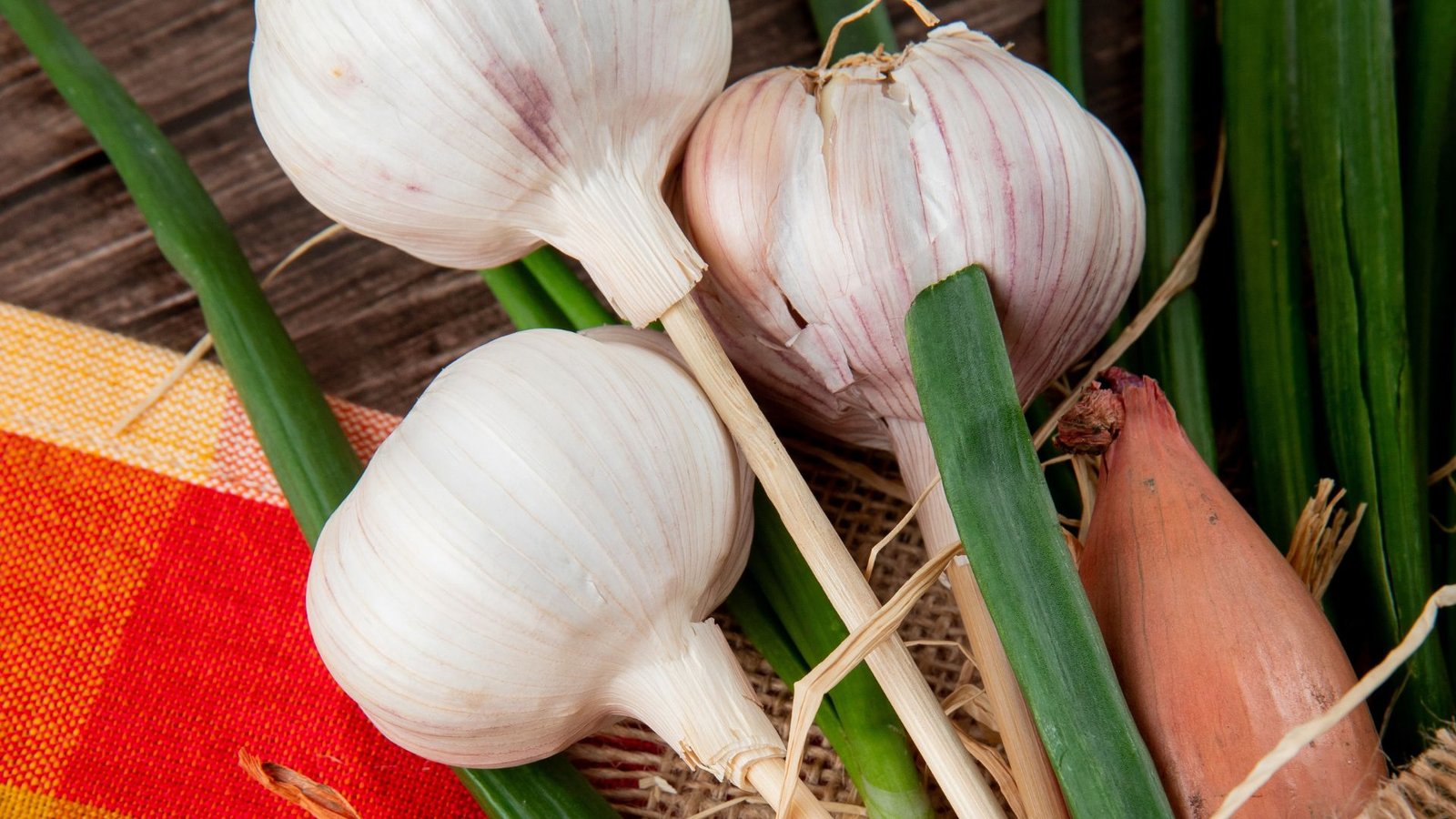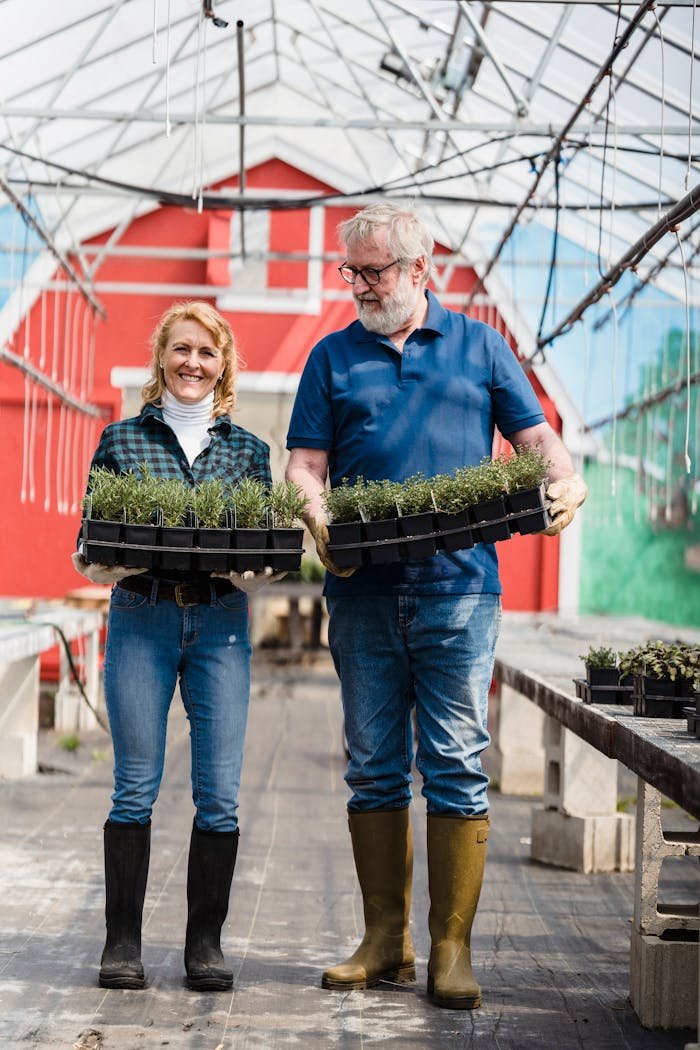Growing garlic in the South can be incredibly rewarding, especially when you understand when to plant garlic in Georgia. The state’s mild winters and warm springs offer ideal conditions for garlic to thrive. For the best results, timing is everything. Most gardeners find that fall offers the best time to plant garlic in Georgia, giving cloves a chance to root before winter sets in.
Whether you’re new to gardening or a seasoned grower, knowing the right Georgia garlic planting time can make a big difference in your harvest. In this guide, we’ll explore growing garlic in Southern states, offer expert garlic care tips Georgia growers trust, and walk you through every step to success.
Understanding Georgia’s Climate and Growing Zones
Georgia is located in USDA hardiness zones 7 through 9. These zones have mild winters and hot summers, making them ideal for fall garlic planting. Garlic needs cold to develop large, healthy bulbs, so planting before the first frost is key. The Georgia garlic planting time usually falls between mid-October and early November.
The garlic planting climate in Georgia gives the cloves time to establish roots before winter. The cold temperatures then trigger the garlic to form bulbs in the spring. This natural cycle is important for organic garlic growing in Georgia and gives better results than spring planting.
Best Garlic Varieties for Georgia Gardens
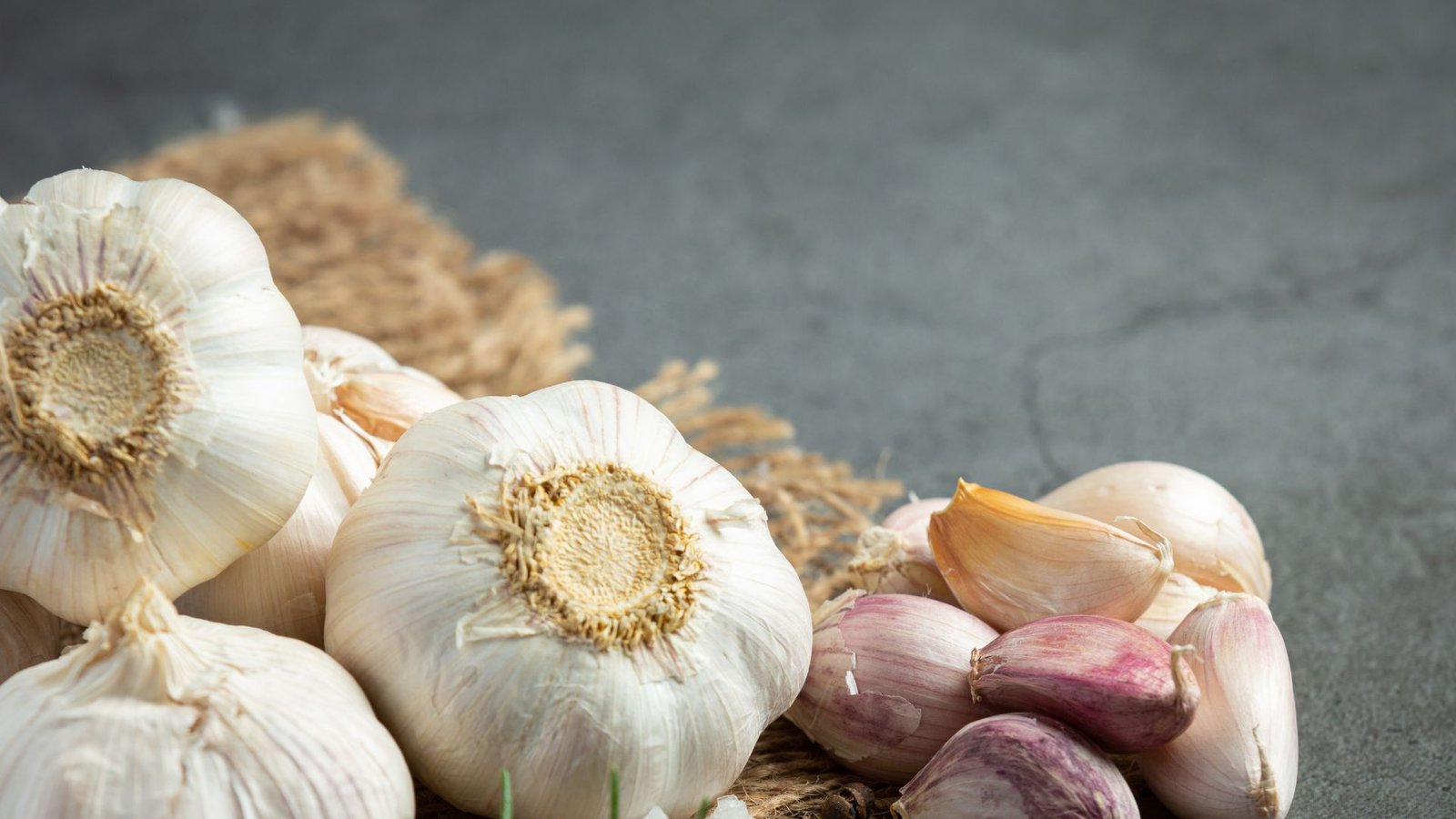
Soft neck garlic is generally better suited for the South. It handles warmer winters and stores longer. However, some hard neck varieties can also do well in North Georgia where winters are colder. Garlic varieties best suited for Georgia climate include ‘Creole Red’, ‘Inc helium Red’, ‘Lorz Italian’, and ‘Silver Rose’.
These garlic types are resistant to diseases and offer great flavor. If you want strong bulbs and fewer problems, choose the right type from the start. Knowing your zone and matching it with the right garlic will set you up for success.
When to Plant Garlic in Georgia — Month-by-Month Guide
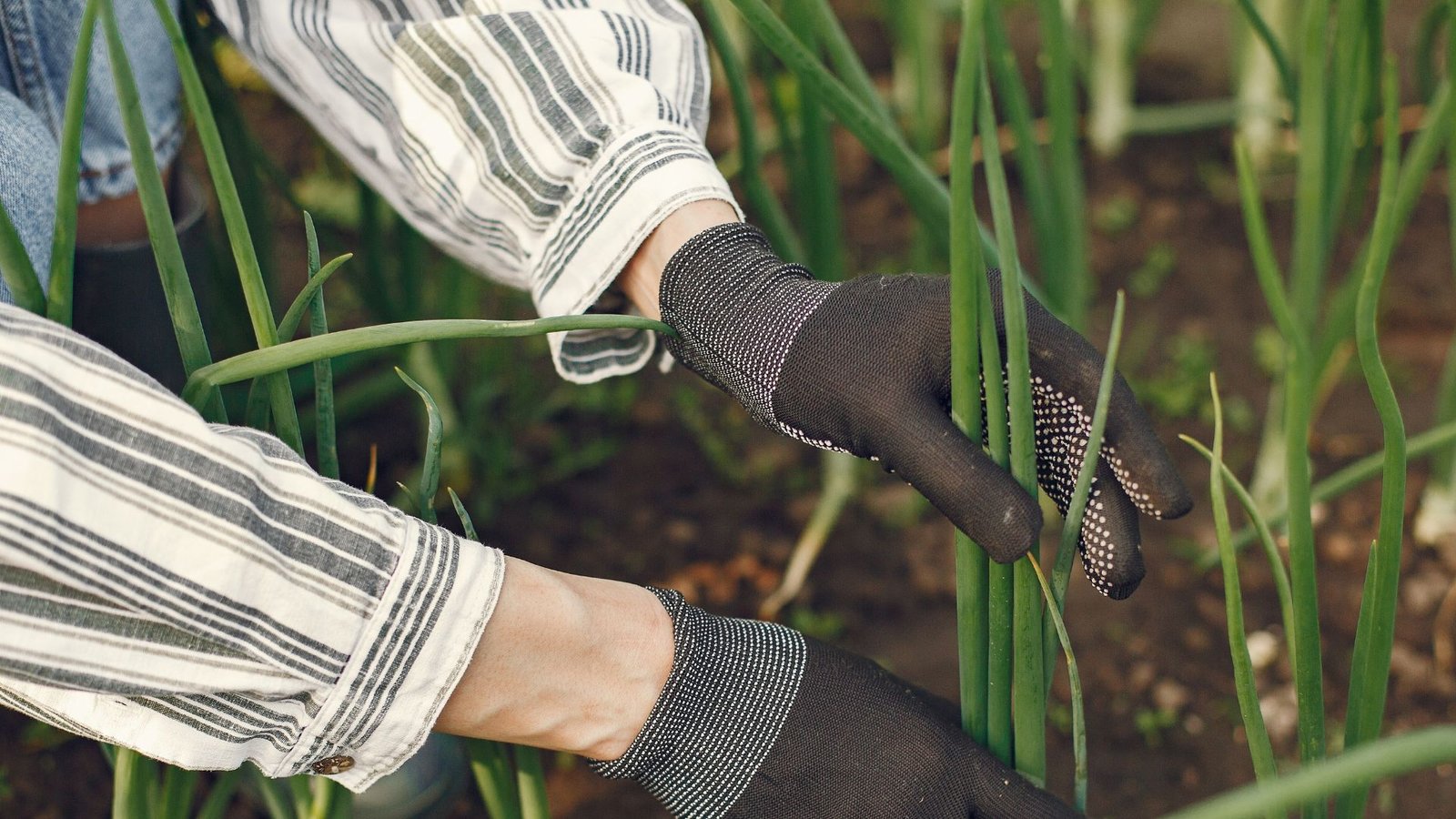
Fall is the best time to plant garlic in Georgia. In North Georgia, mid-October is perfect. For South Georgia, planting can stretch into early November. This timing allows for strong root development before the ground gets too cold.
You can try spring planting, but the results are often poor. The bulbs may be smaller because garlic needs cold exposure. That’s why growing garlic in Southern states works best when planted in fall, not spring. Below is a quick guide to help:
| Region | Best Planting Time |
| North Georgia | Mid to Late October |
| Central Georgia | Late October |
| South Georgia | Early November |
Preparing Soil and Garden Beds for Garlic
Soil is everything when it comes to garlic. Garlic prefers loose, well-drained soil with a pH between 6.0 and 7.0. Start with a soil test. Then add compost or aged manure if needed. This is the first step in how to prepare soil for planting garlic in Georgia.
Avoid clay-heavy soils or amend them with sand and organic matter. Raised beds or wide rows work great. Don’t forget to mix in a balanced fertilizer like garlic fertilizer 10-10-10 to boost nutrients. This helps cloves get a strong start before winter hits.
How to Plant Garlic in Georgia Step-by-Step
First, break apart the garlic bulb into individual cloves, but keep the skins on. Choose the biggest cloves for planting. Point the clove tip up and plant it about two inches deep and six inches apart. This is part of the step-by-step garlic growing guide for Georgia gardeners.
After planting, water well and apply mulch to hold moisture. This sets your garlic up for the colder months ahead. Starting off with healthy cloves and the right depth makes a big difference by harvest time.
Seasonal Garlic Care and Maintenance
Winter garlic care is simple but important. Add mulch like straw or pine needles to protect the plants from frost. This is one of the most trusted garlic mulching techniques. Mulch also keeps weeds away and locks in moisture.
In early spring, start feeding garlic monthly with a balanced fertilizer. This keeps the plants growing strong. Your monthly garlic fertilizing schedule in Georgia might include a dose of 10-10-10 every 4 weeks. Knowing when to fertilize garlic ensures you don’t underfeed or overfeed.
Garlic Growth Stages and Scape Management
Garlic has several growth stages: rooting in fall, leaf growth in spring, and bulb formation in early summer. One unique stage is when it sends up flower stalks, known as Garlic shoots. Removing them at the right time is key to good bulbs.
The proper way to remove garlic Garlic shoots in summer is simple. Just snip them off when they curl once or twice. This garlic scape removal technique helps the plant focus on bulb growth, not flowers. Plus, garlic shoots are tasty and can be cooked or pickled.
When and How to Harvest Garlic in Georgia
Usually by June or July, the garlic is ready. The best time to plant garlic in Georgia directly affects when you’ll harvest. You’ll know it’s time when half the leaves turn yellow and dry out. The bulbs should feel firm and the stems still strong.
Knowing when and how to harvest garlic bulbs in Georgia avoids damage. Use a garden fork, not your hands, and gently lift the bulbs. These garlic bulb harvesting tips will help you get full-sized, healthy garlic without bruising them.
Curing and Storing Garlic for Long-Term Use
After harvest, you must cure the garlic. This means drying it for storage. Hang the bulbs in a shaded, breezy area for two weeks. This is the core of effective garlic bulb curing and storage techniques. Dry garlic stores better and resists mold.
Once dry, trim the roots and tops, then move the bulbs into mesh bags or baskets. Keep them in a cool spot below 60°F. These long-term storage solutions for cured garlic can keep your harvest fresh for up to eight months. That’s a big win for any home gardener using the right garlic curing method.
Common Mistakes to Avoid When Growing Garlic in Georgia
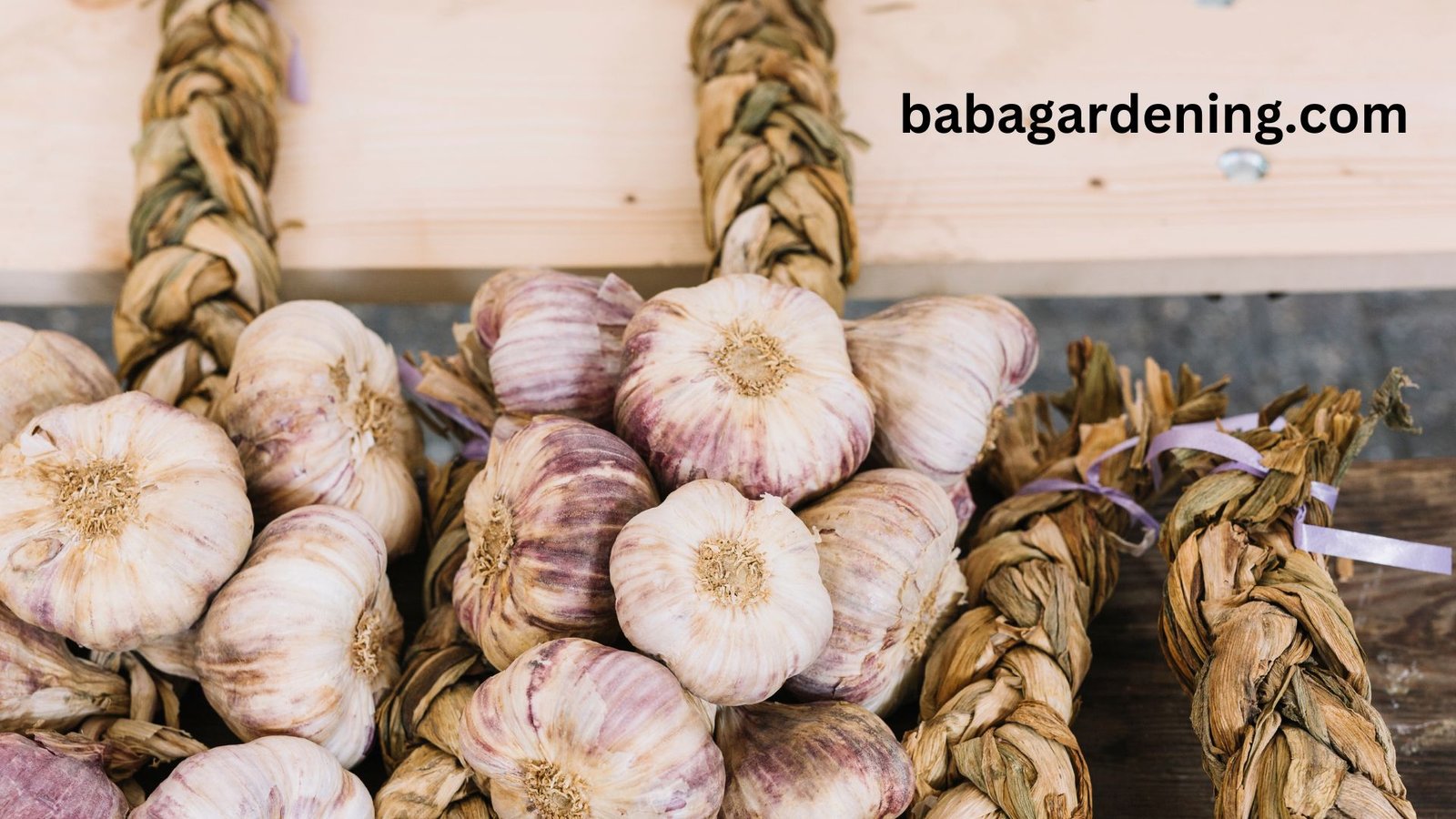
One big mistake is planting too late. If you miss the fall window, your bulbs may never grow full-size. Another error is planting store-bought garlic. It may carry diseases and might not suit your zone. Always choose seed garlic for organic garlic growing in Georgia.
Also, don’t forget mulch in winter. It’s essential for cold weather garlic protection. And always test your soil. Skipping this step leads to poor results. Watch your watering too—too much can rot the cloves. Use these garlic care tips Georgia growers rely on.
Conclusion
Now you know when to plant garlic in Georgia and how to make your garden a garlic-growing machine. With the right soil, proper timing, and monthly care, anyone can grow great garlic. Use this guide as your go-to for the entire season.
Growing garlic doesn’t have to be hard. Just follow this guide, plant at the right time, and keep your soil healthy. You’ll be proud of your harvest—and your kitchen will thank you for it.
FAQs
1. What month do you plant garlic in Georgia?
Plant garlic in Georgia from mid-October to early November for the best results.
2. What should you not plant garlic next to?
Avoid planting garlic near beans, peas, and asparagus, as it can stunt their growth.
3. Why do you soak garlic before planting?
Soaking garlic helps prevent fungal diseases and encourages faster root development.
4. Can I plant garlic bought at the grocery store?
It’s not recommended, as store garlic may be treated to prevent sprouting or carry disease.
5. Do you peel garlic before planting?
No, do not peel garlic; the papery skin protects the clove and supports healthy growth.

